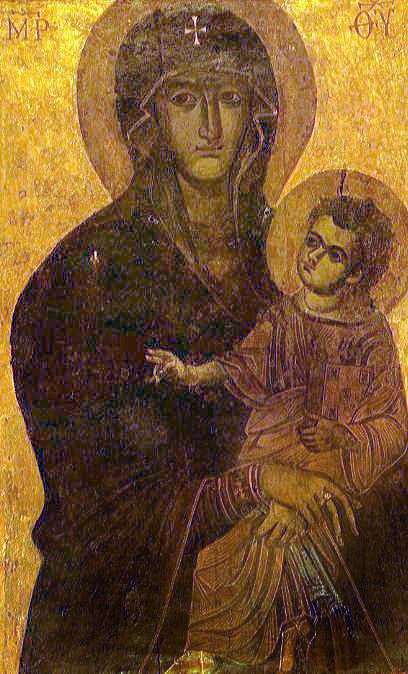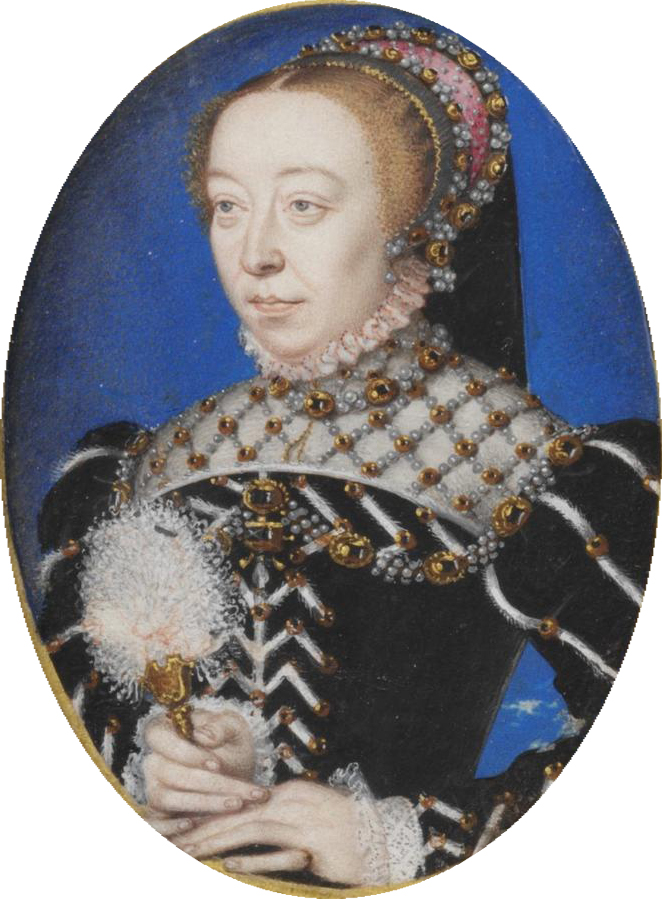|
Stuppach Madonna
The ''Stuppach Madonna'' (German: ''Stuppacher Madonna'') is a 1514–1519 painting of the Madonna and Child by the German Renaissance painter Matthias Grünewald. It is located today in the Parish Church of the Coronation of the Virgin (Pfarrkirche Mariä Krönung) in Stuppach (Bad Mergentheim). Along with the Isenheim Altarpiece, it is considered one of Grünewald's main works. References Bibliography * Brigitte Barz: ''Die Stuppacher Madonna''. Urachhaus, Stuttgart 1998. * Tilman Daiber: ''Die "Stuppacher Madonna" von Matthias Grünewald.'' Untersuchung zur Maltechnik. Hochschulschrift. Akad. der Bildenden Künste, Stuttgart 1999. *Werner Groß (Ed.): ''Die Stuppacher Madonna zu Gast im Diözesanmuseum Rottenburg''. Süddeutscher Verlag, Ulm 1999. * Elsbeth Wiemann: ''Die Stuppacher Madonna.'' Exhibit catalog. Staatsgalerie Stuttgart The Staatsgalerie Stuttgart (, "State Gallery") is an art museum in Stuttgart, Germany, it opened in 1843. In 1984, the opening of ... [...More Info...] [...Related Items...] OR: [Wikipedia] [Google] [Baidu] |
Matthias Grünewald
Matthias Grünewald ( – 31 August 1528; also known as Mathis Gothart Nithart) was a German Renaissance painter of religious works who ignored Renaissance classicism to continue the style of late medieval Central European art into the 16th century. Only ten paintings—including several polyptychs—and thirty-five drawings survive, all religious, although many others were lost at sea on their way to Sweden as war booty. He was obscure until the late nineteenth century, when many of his paintings were attributed to Albrecht Dürer, who is now seen as his stylistic antithesis. His largest and most famous work is the '' Isenheim Altarpiece'' created ''c.'' 1512 to 1516. Life He was recognised in his own lifetime, as shown by his commissions, yet the details of his life are unusually unclear for a painter of his significance at this date. The first source to sketch his biography comes from the German art historian Joachim von Sandrart, who describes him around 1505 working on ... [...More Info...] [...Related Items...] OR: [Wikipedia] [Google] [Baidu] |
Bad Mergentheim
Bad Mergentheim (; Mergentheim until 1926; East Franconian German, East Franconian: ''Märchedol'') is a town in the Main-Tauber-Kreis district in the German state of Baden-Württemberg. It has a population of around 23,000. An officially recognized spa town since 1926, Bad Mergentheim is also known as the headquarters of the Teutonic Order from 1526 until 1809. Geography Subdivisions Since administrative reform in the 1970s the following villages have been part of the municipality: Althausen ''(pop. 600)'', Apfelbach ''(350)'', Dainbach ''(370)'', Edelfingen ''(1,400''; birthplace of the American biochemist Julius Adler (biochemist), Julius Adler), Hachtel ''(360)'', Herbsthausen ''(200)'', Löffelstelzen ''(1,000)'', Markelsheim ''(2,000)'', Neunkirchen ''(1,000)'', Rengershausen ''(480)'', Rot ''(260)'', Stuppach ''(680)'', Wachbach ''(1,300)'' History Mergentheim is mentioned in chronicles as early as 1058, as the residence of the family of the counts of Hohenlohe. The brothe ... [...More Info...] [...Related Items...] OR: [Wikipedia] [Google] [Baidu] |
Madonna And Child
In Christian art, a Madonna () is a religious depiction of the Blessed Virgin Mary in a singular form or sometimes accompanied by the Child Jesus. These images are central icons for both the Roman Catholic and Orthodox churches. The word is (archaic). The Madonna and Child type is very prevalent in Christian iconography, divided into many traditional subtypes especially in Eastern Orthodox iconography, often known after the location of a notable icon of the type, such as the '' Theotokos of Vladimir'', '' Agiosoritissa'', '' Blachernitissa'', etc., or descriptive of the depicted posture, as in '' Hodegetria'', '' Eleusa'', etc. The term ''Madonna'' in the sense of "picture or statue of the Virgin Mary" enters English usage in the 17th century, primarily in reference to works of the Italian Renaissance. In an Eastern Orthodox context, such images are typically known as '' Theotokos''. "Madonna" may be generally used of representations of Mary, with or without the infant ... [...More Info...] [...Related Items...] OR: [Wikipedia] [Google] [Baidu] |
Isenheim Altarpiece
The ''Isenheim Altarpiece'' is an altarpiece sculpted and painted by, respectively, the Germans Nikolaus Hagenauer, Nikolaus of Haguenau and Matthias Grünewald in 1512–1516. It is on display at the Unterlinden Museum at Colmar, Alsace, in France. It is Grünewald's largest work and is regarded as his masterpiece. It was painted for the Hospital Brothers of St. Anthony, Monastery of St. Anthony in Issenheim near Colmar, which specialized in hospital work. The Antonine monks of the monastery were noted for their care of plague sufferers as well as for their treatment of skin diseases, such as ergotism. The image of the crucified Christ is pitted with plague-type sores, showing patients that Jesus understood and shared their afflictions. The veracity of the work's depictions of medical conditions was unusual in the history of European art. Composition The altarpiece has two sets of wings, displaying three configurations: Wings closed:With the exception of certain holy days, th ... [...More Info...] [...Related Items...] OR: [Wikipedia] [Google] [Baidu] |
Staatsgalerie Stuttgart
The Staatsgalerie Stuttgart (, "State Gallery") is an art museum in Stuttgart, Germany, it opened in 1843. In 1984, the opening of the Neue Staatsgalerie (''New State Gallery'') designed by James Stirling transformed the once provincial gallery into one of Europe's leading museums. Alte Staatsgalerie Originally, the classicist building of the ''Alte Staatsgalerie'' was also the home of the Royal Art School. The building was built in 1843. After being severely damaged in World War II, it was rebuilt in 1945–1947 and reopened in 1958. It houses the following collections: * Old German paintings 1300–1550 * Italian paintings 1300–1800 * Dutch paintings 1500–1700 * German paintings of the baroque period * Art from 1800–1900 (romanticism, impressionism) Neue Staatsgalerie The ''Neue Staatsgalerie'', a controversial architectural design by James Stirling, opened on March 9, 1984 on a site right next to the old building. It houses a collection of 20th-century modern ... [...More Info...] [...Related Items...] OR: [Wikipedia] [Google] [Baidu] |
1519 Paintings
__NOTOC__ Year 1519 (Roman numerals, MDXIX) was a common year starting on Saturday of the Julian calendar, the 1519th year of the Common Era (CE) and ''Anno Domini'' (AD) designations, the 519th year of the 2nd millennium, the 19th year of the 16th century, and the 10th and last year of the 1510s decade. Events January–March * January 1 – Ulrich Zwingli preaches for the first time, as people's priest of the Great Minister in Zurich. * January 12 – Maximilian I, Holy Roman Emperor, dies at the age of 59 after a reign of slightly less than 11 years. An imperial election by the leaders of the various member states of the Empire is scheduled for June 28. * February 10 – The Spanish conquistador Hernán Cortés and his conquistadores depart from Cuba toward the island of Cozumel in Mexico to begin a mission of conquest. * February 18 – Because of the large population of Jews included converts to Christianity ("New Christians") in the colony of Por ... [...More Info...] [...Related Items...] OR: [Wikipedia] [Google] [Baidu] |
Paintings Of The Madonna And Child
Painting is a Visual arts, visual art, which is characterized by the practice of applying paint, pigment, color or other medium to a solid surface (called "matrix" or "Support (art), support"). The medium is commonly applied to the base with a brush. Other implements, such as palette knives, sponges, airbrushes, the artist's fingers, or even a dripping technique that uses gravity may be used. One who produces paintings is called a painter. In art, the term "painting" describes both the act and the result of the action (the final work is called "a painting"). The support for paintings includes such surfaces as walls, paper, canvas, wood, glass, lacquer, pottery, leaf, copper and concrete, and the painting may incorporate other materials, in single or multiple form, including sand, clay, paper, cardboard, newspaper, plaster, gold leaf, and even entire objects. Painting is an important form of visual arts, visual art, bringing in elements such as drawing, Composition (visual art ... [...More Info...] [...Related Items...] OR: [Wikipedia] [Google] [Baidu] |



